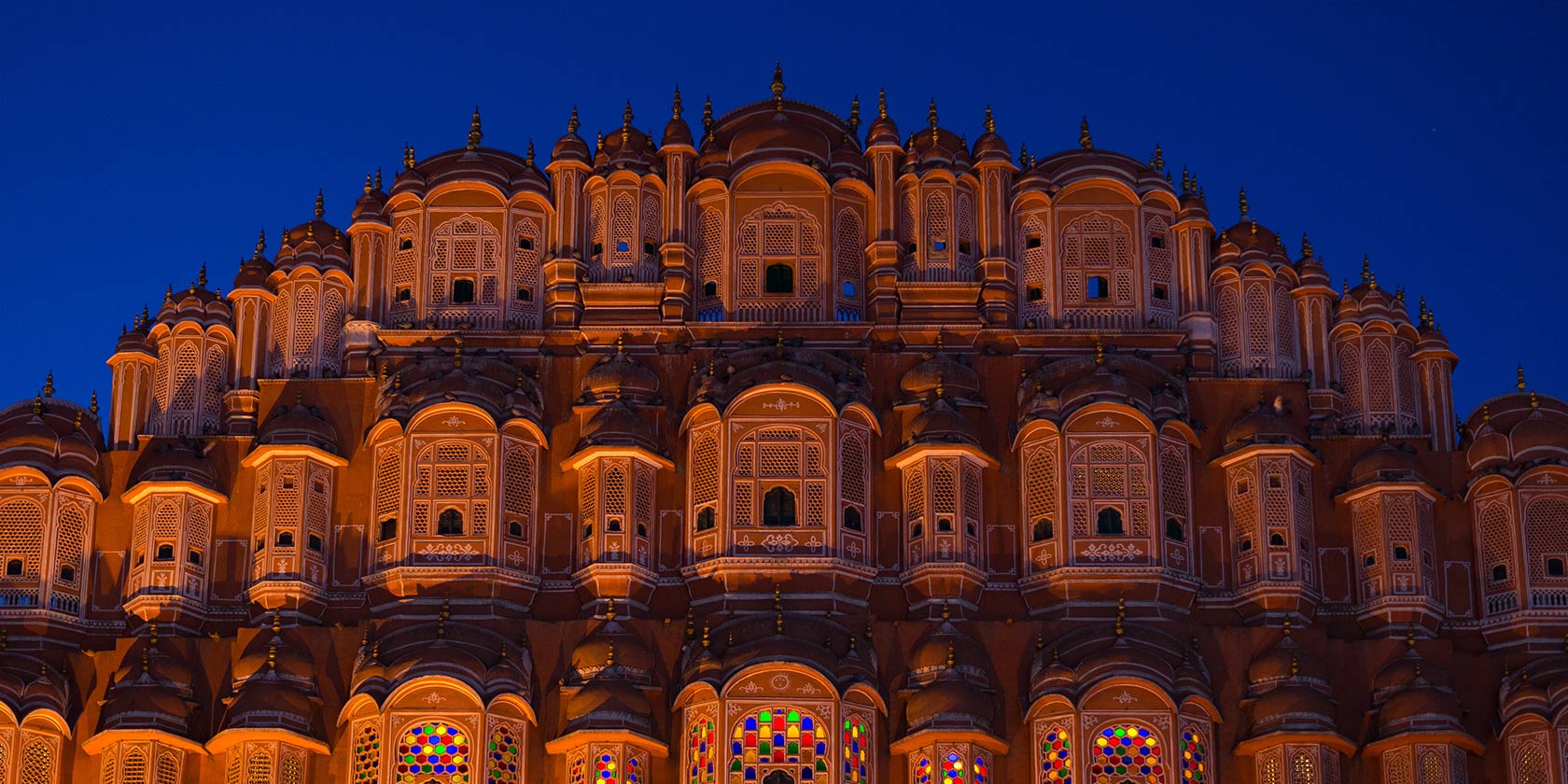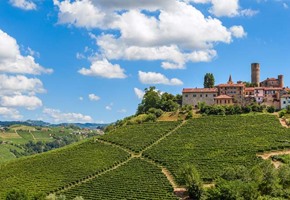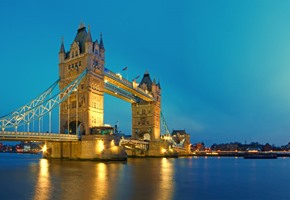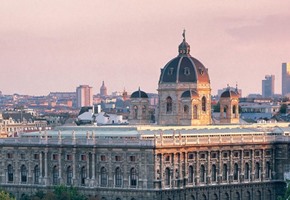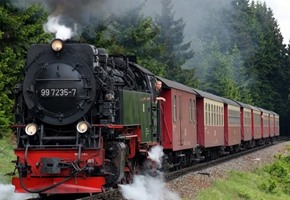India has to be one of the most colourful countries in the world. From the vibrant celebration clothes worn by both men and women, decorated in extraordinary amounts of beadwork and mirrors making any festive events nigh on blinding to the untrained eye, to the intensely colourful celebration of 'Holi', which involves utterly decimating those around you with colourful paint powders. The religions are equally as colourful, with Hinduism and Sikhism filled with an abundance of colour. In this blog, we're just going to focus on a few colours that are synonymous (to us) with a few places, making up the entire kaleidoscope of India.
Pink
The nickname for Jaipur is the Pink City, so of course we're going to have Jaipur representing pink. There are numerous legends as to why Jaipur is called the pink city - from being painted entirely pink to celebrate Prince Albert's visit in 1876, to the buildings being built with pink hued stone to give it its iconic rosy glow. Either way, as you've probably assumed, you'll see a lot of pink. The best building to enjoy this colour scheme is undoubtedly the Palace of the Winds, or 'Hawa Mahal' which looks like the pipes to an enormous organ. Undoubtedly one of the most feminine buildings architecture-wise in the city, this building was created so the noble-women of the city could look out over the main square without being spotted - a shame, really, because it would have meant that they wouldn't have been able to see this jaw dropping sight from the outside.
Amber
Alright, so, technically, it's called the Amer Fort, because it's in Amer near Jaipur, however it is now more known as the Amber Fort. Surprisingly, its name has nothing to do with the colour. Instead, the possibility is that its name derives from Amba, another name for the Hindu Mother Goddess Durga (although this, too, is disputed. It could be another name for the god Shiva). Wherever the name comes from, it's apt. The fort well deserves the title of 'Amber'. The beautiful amber coloured stone from which it's built has become iconic, and it is utterly covered in gorgeously intricate decorations. From minarets to arches and carvings. The Amber Fort is a true feast for the eyes both inside and out, and is one of Rajasthan's most wonderful places to explore.
White
There is only one place in India that can represent white. It is, with very few doubts, the whitest building in the world. Being created entirely out of white marble, and boasting both a UNESCO World Heritage title as well as the auspicious title of being one of the seven wonders of the modern world, the Taj Mahal more than deserves a spot on this list. This incredible onion domed building, as well as the gardens surrounding it, is entirely symmetrical, and was built for the noblest reason of all: love. Mughal emperor Shah Jahan built this for his beloved wife, Mumtaz Mahal, who is buried in the Arabic-inspired building. In fact, the only place in the whole complex that isn't symmetrical is her burial chamber. Whilst she is buried in the exact centre of the room, off to the side is Shah Jahan himself, unable to be separated from her, even in death.
Blue
Another city on the list that has become synonymous with a colour, the blue city of Jodhpur is quite the vibrant sight. If one was to climb all the way up to the imposing and breathtaking Mehrangarh Fort and looked down at the city, one would be greeted with an incredible sea of blue. The blue buildings are found mostly in the older quarters of Jodhpur, and no one seems to agree just why the buildings are that colour in the first place. Maybe it is because of the Brahmins, the ancient order of priests, who used blue as their sacred colour. Maybe (and a fair less pleasant reason), it's because a chemical in the blue paint stopped termites from ravaging their homes. Really, no one minds the reason, because whatever it is, it makes for some truly glorious photographs.
Green
Green is not man's colour. Green is a colour belonging entirely to nature, and so we have given the colour green to Ranthambore National Park, one of Great Rail Journeys favourite national parks in India, for it is here that you may spot a reclusive Bengal tiger. It is not only the striped felines that you might hope to see within the lush green vegetation of the place, with leopards, wild boars, sloth bears, and crocodiles also calling Ranthambore home, so even if you don't spot a tiger, there's always something interesting to see. Outside of the animal kingdom, you'll see wide, grassy plains, thick, verdant forests, a 10th century fort, and also one of the largest banyan trees in India.

